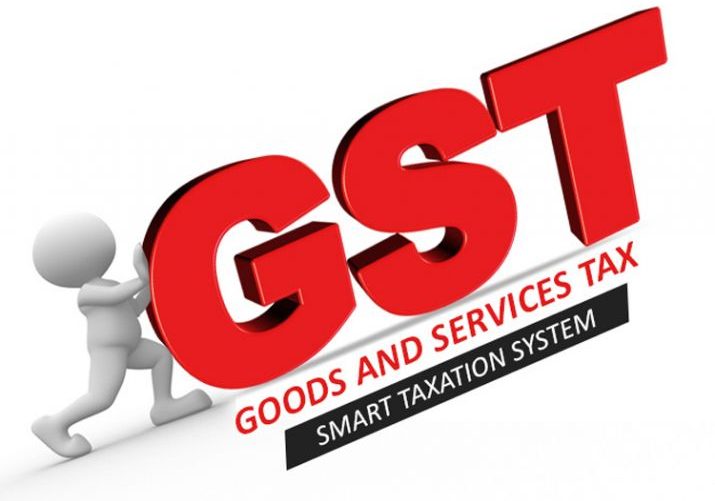The Finance Ministry has given instructions to ensure the seamless implementation of the amended Customs regulations that allow for end-use-based notifications. The rules to simplify the procedures for converting shipping bills from one export promotion programme to another have been made public. From the beginning of next month, all taxpayers with a turnover of more than Rs 20 crore will be required to use e-invoicing under the goods and services tax (GST) laws.
Many Customs notifications permit the importation of certain goods at reduced or no duty rates for use in manufacturing defined products. The Customs (Import of Products at Concessional Rate of Duty) Rules 1996 (IGCRR) were notified to ensure that the goods imported under such notifications are utilised for the designated objectives. When GST was adopted, these regulations were superseded by new ones bearing the same name, followed by the year 2017. Last month, on Budget Day, the Customs (Import of Goods at Concessional Rate of Duty) Rules 2017 were revised to allow electronic submission of relevant information, standardisation of forms and monthly reports for electronic submission inter-unit transfer imported goods, and so on.
The amendments have come into effect from March 1 after suitable changes in the software. The Customs portal icegate.gov.in has given a step-by-step advisory on generating IGCRR Identification Number (INN) and proceeding with other formalities. The CBIC circular (no.4/2022-Cus dated February 27 2022) explains the procedures and gives two weeks of transition time for the importers to understand and comply with the new system. The circular says that the existing policies will continue for export-oriented units until the system architecture is suitably developed. The introduction of end-to-end automation of the entire process will help the importers significantly.
They also regulate the rules and constraints for shipping bill conversion in a very convoluted and perplexing manner. These regulations apply to shipping bills or bills of export submitted on or after the day these regulations are published in the Official Gazette. The terminology employed in these regulations is difficult to grasp. As a result, it would be beneficial if the CBIC issued a relevant circular to assist exporters in meeting the criteria.
The electronic invoicing (e-invoice) system was implemented under GST legislation on October 1, 2020, for taxpayers with a turnover of more than Rs 500 crore. Later, it was extended to taxpayers with a turnover of more than Rs 100 crore beginning January 1, 2021, and to taxpayers with a revenue of more than Rs 50 crore starting April 1, 2021. The government has now expanded the e-invoicing system to taxpayers with a turnover of more than Rs 20 crore from April 1, 2021. The move will be universally applauded because e-invoicing has made the lives of taxpayers and tax administrators simpler.

